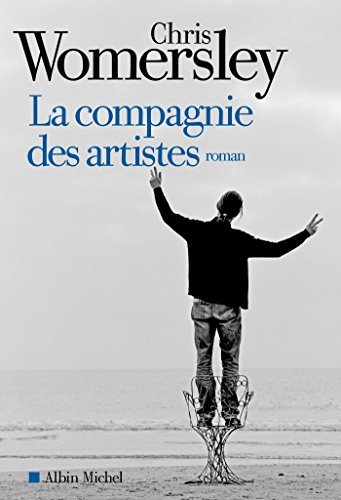What do you think?
Rate this book


384 pages, Kindle Edition
First published January 1, 2013
On one side of the large, busy road were the Carlton Gardens with their tennis courts and stately avenues of elm trees. On the other side, almost hidden behind a hedge and an overgrown peppercorn tree, was the apartment block with its name spelled out in white metal lettering affixed to one of its red-brick walls: Cairo.
“Foremost among Max’s talents was that of making everyone he encountered feel special merely by being in his company. It was an ability to divine – like a palm reader – what people wished to hear about themselves. I did not yet know that such a gift had a more sinister property; an ability to draw forth those aspects of one’s personality best kept under lock and key.”
“Do you think anyone would bother making a painting or a novel if they couldn’t attach their name to it? Artists talk about the joy of making work, but I wonder if they’d get so much of this so-called joy if they had no chance of being known for it. Would you write a novel if it was published anonymously? Because the forger doesn’t sign her name to a work, there is no ego involved. The pleasure is in the creation, in putting beautiful work into the world. It is as I said before, quite pure.”